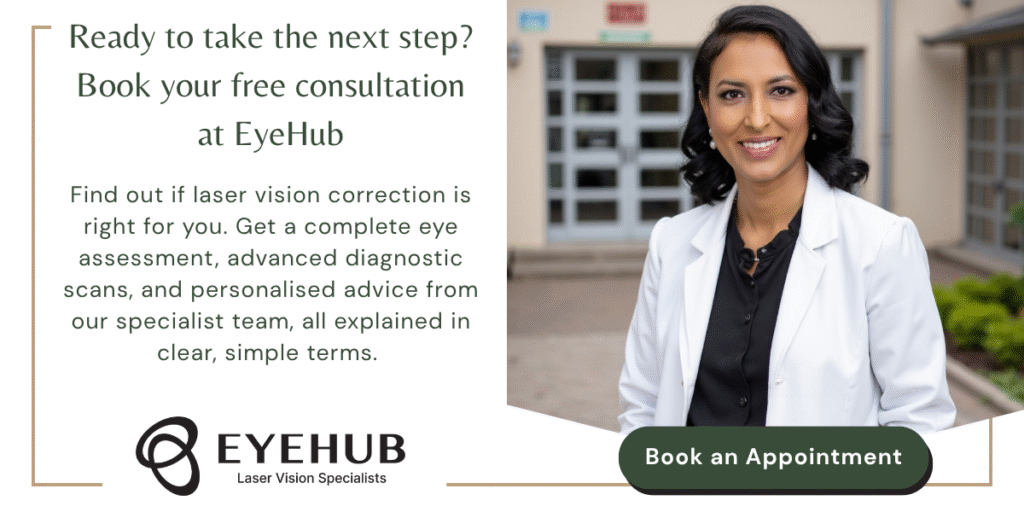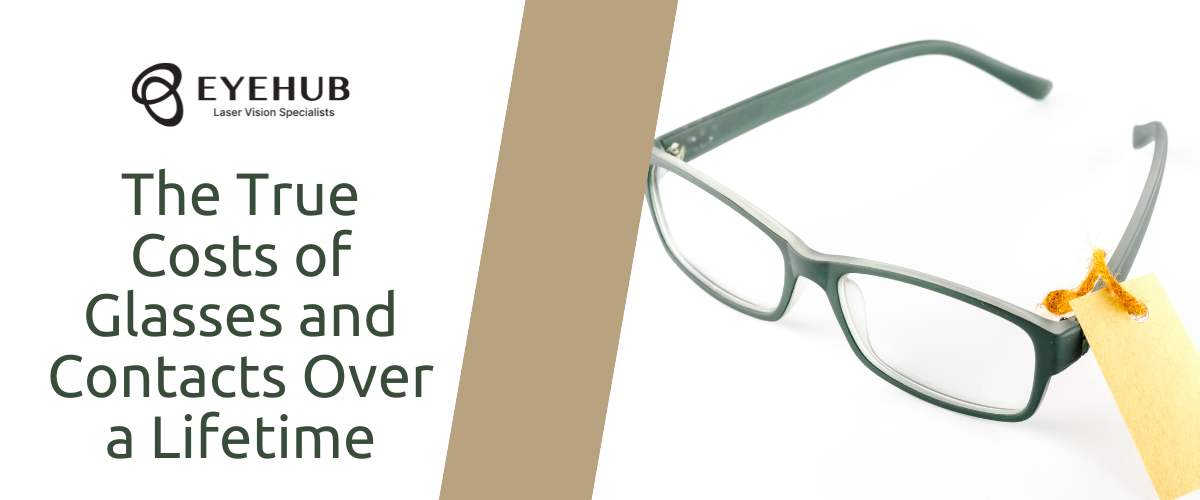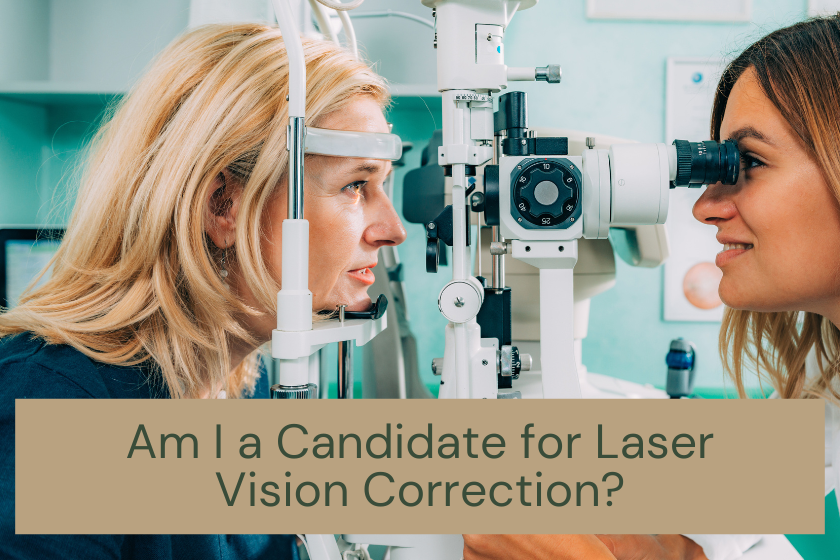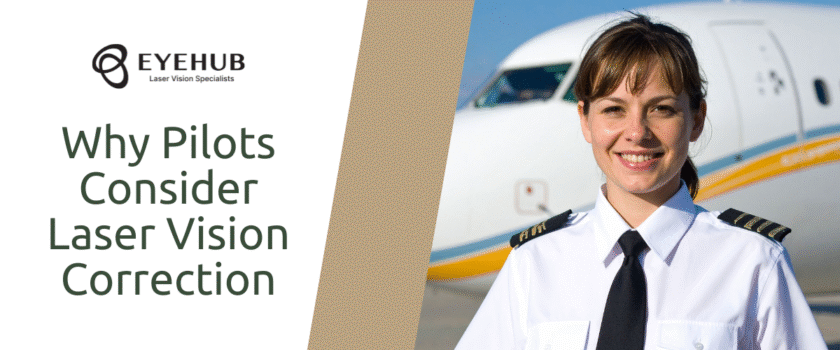
Why Pilots Consider Laser Vision Correction
Flying is all about precision. Every dial, horizon line, and runway light must be seen with absolute clarity. But for pilots who rely on glasses or contact lenses, even small inconveniences — fogging lenses, headset pressure, or dry eyes at altitude — can become ongoing frustrations.
Laser vision correction (LVC) offers a safe, effective, and lasting solution to restore visual freedom, helping pilots stay sharp, comfortable, and confident in every flight.
Why Pilots Consider Laser Vision Correction
For professional and recreational pilots alike, clear and stable vision isn’t just a comfort, it’s essential for safety and performance. However, glasses and contacts can interfere with flight duties in ways that aren’t always obvious until they happen.
Common issues include:
-
Glasses fogging up under headsets or masks
-
Frames pressing against headgear or slipping mid-flight
-
Limited peripheral vision from lens frames
-
Dry or irritated eyes from prolonged contact lens wear
-
Glare or reflections from cockpit lighting
Laser vision correction eliminates the dependence on corrective lenses, giving you clear, natural vision that performs reliably in all flight conditions from take-off to touchdown.
Can Pilots Have Laser Vision Correction?
Yes, many pilots have successfully undergone LVC procedures. However, it’s crucial to follow aviation medical guidelines before and after surgery.
In Australia, CASA (Civil Aviation Safety Authority) recognises laser vision correction as an acceptable form of vision correction, provided your eyesight meets the required visual standards post-procedure.
You’ll need to obtain medical clearance from a Designated Aviation Medical Examiner (DAME) before returning to flight duties. Most pilots can return to flying within a few weeks, depending on recovery and the specific laser procedure performed.
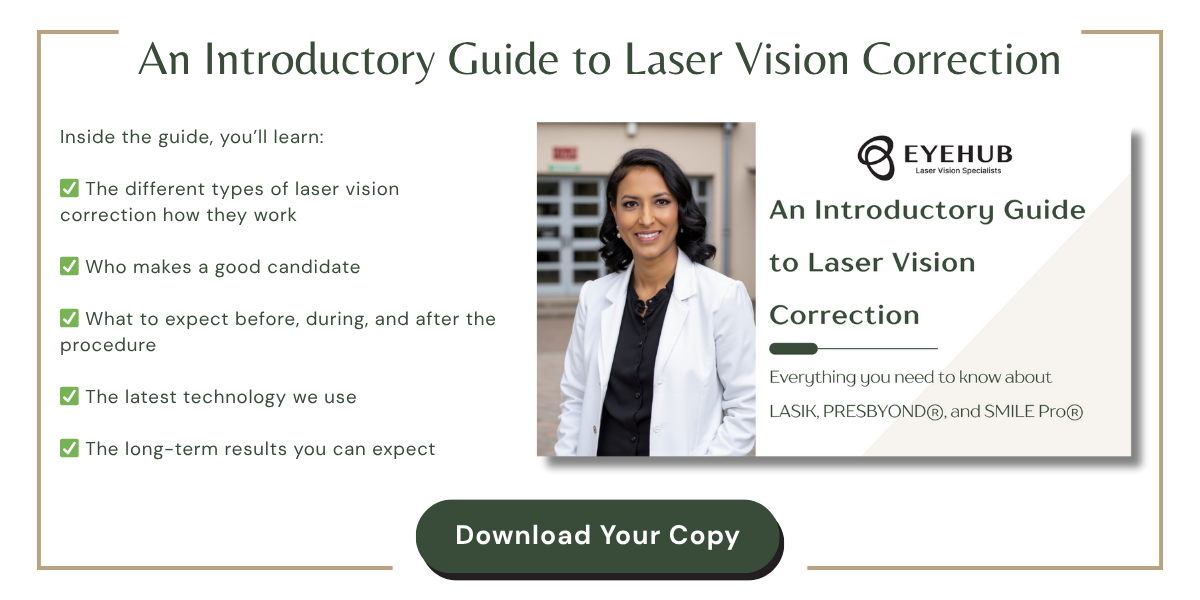
Which Laser Procedures Are Suitable for Pilots?
Modern laser eye surgery offers several advanced options, each tailored to individual needs and eye health.
SMILE PRO® (Small Incision Lenticule Extraction)
SMILE PRO is a minimally invasive option that removes a tiny disc of corneal tissue through a micro-incision. It’s gentle, fast-healing, and known for maintaining corneal stability — ideal for those with active or high-performance professions.
LASIK (Laser-Assisted In Situ Keratomileusis)
The most well-known procedure, LASIK reshapes the cornea under a thin flap, offering rapid recovery and excellent visual outcomes.
PRESBYOND®
For pilots over 40 who are experiencing age-related near vision changes (presbyopia), PRESBYOND helps achieve clear distance and near vision without needing reading glasses.
Each treatment is carefully planned using detailed diagnostic scans to ensure safety, precision, and suitability for your unique visual needs.
Is It Safe for Pilots?
Safety is the number-one priority both in the air and in laser vision correction. Modern procedures are highly accurate and clinically proven, with technologies like the ZEISS VisuMax® 800 and MEL 90 laser systems delivering micron-level precision.
These technologies are designed to provide predictable, stable visual results with minimal recovery time. Most patients experience improved vision within 24 hours, and final results continue to refine over several weeks.
How Long Before I Can Fly Again?
Most pilots can return to non-commercial flying duties within one to two weeks, but it’s essential to follow your surgeon’s advice and CASA’s visual clearance requirements.
Healing and visual stability can vary slightly from person to person. Before resuming flight duties, your vision must meet CASA’s minimum standards.
Benefits of Laser Vision Correction for Pilots
-
Improved comfort – no more headset pressure on glasses
-
Enhanced safety – clear, unobstructed vision
-
Better performance – no fogging, slipping, or dryness issues mid-flight
-
Confidence and focus – fewer distractions, sharper reactions
-
Lasting results – stable, reliable vision for years to come
Is It Permanent?
For most people, laser vision correction provides long-lasting results. The reshaped cornea permanently corrects refractive errors like short-sightedness, long-sightedness, and astigmatism.
While your vision may still change naturally with age (for example, presbyopia after 40), these changes are unrelated to the procedure itself and can often be addressed with options like PRESBYOND or enhancement treatments later in life.
So, am I suitable for laser eye surgery? Why a personal assessment matters.
If you’re a pilot considering laser vision correction, start with a comprehensive eye assessment. This will confirm your suitability, discuss the right procedure for your needs, and outline recovery timelines in relation to aviation medical requirements.
At EyeHub, we combine advanced ZEISS technology (we’re the only clinic in Queensland with the ZEISS VisuMax 800 and MEL90 laser suite – the most advanced technology available today) with expert care to deliver precision vision correction for professionals who depend on their sight.
Book your free eye consultation today to see if you are a candidate for laser vision correction.
